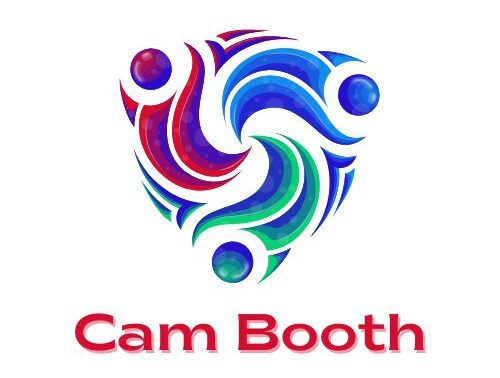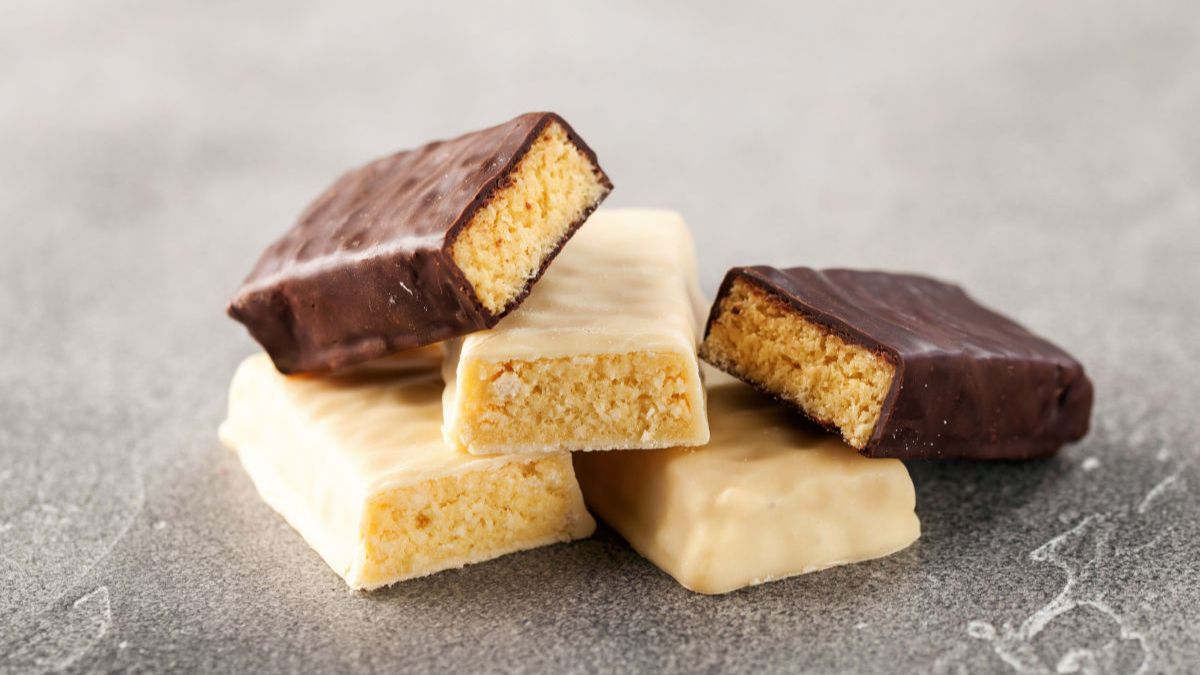Protein bars are everywhere these days—on grocery store shelves, in gym vending machines, and filling influencer posts. But choosing the right one can feel overwhelming, especially if your goal is to maximize muscle gain. Are high-protein counts better? Should you watch out for added sugar? How do you know which bar supports your workouts without sabotaging your progress?
If these questions sound familiar, you’ve come to the right place. This guide covers everything you need to know about selecting the best protein for muscle gain. From understanding ingredients to key nutrients and tips for picking the right bar for your lifestyle, we’ll break it all down. By the end, you’ll have the knowledge to choose the perfect bar for your fitness goals.
Why Protein Bars Matter for Muscle Gain
Protein is the building block of muscle. When you work out, your muscle fibers experience microscopic tears that need to recover and grow stronger. Protein, specifically the amino acid it consists of, powers this recovery process.
these are a convenient way to ensure you’re fueling your body correctly after a workout or even as a high-protein snack during a busy day. They’re easy to carry, have a long shelf life, and often taste better than plain protein powders. However, not all these are created equal. Understanding what to look for is crucial if you want gains without excessive sugars or fillers.
Are Protein Bars Necessary?
While whole food sources like chicken, eggs, or tofu are excellent for building muscle, they’re not always practical. these fill the gap when you’re on the go or need something quick. They’re particularly important for athletes, bodybuilders, and those following rigorous training programs.
Key Factors to Consider When Choosing a Protein Bar
1. Protein Content
If your goal is muscle gain, protein is non-negotiable. But how much protein does your bar actually need?
- Look for bars with 15-25 grams of protein. Studies have shown this range maximizes muscle protein synthesis post-workout. Bars with less protein might not be enough to fuel recovery, while bars with much more protein can feel heavy and may not be adequately absorbed in a single serving.
- Choose bars with complete proteins like whey protein isolate, casein, or egg protein. These provide all nine essential amino acids crucial for muscle growth.
2. Carbohydrates
Carbs can be a double-edged sword. While they’re necessary to replenish energy stores post-workout, many bars are packed with refined sugars that provide empty calories.
- Opt for bars with natural carbohydrate sources, such as oats, dates, or sweeteners like honey.
- Avoid bars with more than 10-12 grams of added sugar. Too much can lead to energy crashes and impact your fitness progress.
3. Fats
Healthy fats play an essential role in supporting hormone production, including the testosterone that aids muscle growth. But like carbs, not all fats are created equal.
- Look for bars with healthy fats from sources such as nuts, seeds, or coconut.
- Avoid bars loaded with trans fats or hydrogenated oils. These can contribute to inflammation and hinder recovery.
4. Fiber
Many protein bars aim for low-carb appeal but lack fiber, leaving you feeling hungry soon after eating them. Fiber slows digestion, keeping you fuller for longer.
- Aim for bars with at least 3-5 grams of fiber. Bars made with whole grains, nuts, and seeds tend to be more fiber-rich.
5. Additives & Ingredients
The shorter the ingredient list, the better. Many protein bars are loaded with fillers like artificial flavors, preservatives, or synthetic chemicals.
- Avoid bars with artificial sweeteners, such as aspartame or sucralose, if you’re sensitive to them. Choose natural options with stevia.
- Stay away from “protein blends” that don’t specify the source. Instead, look for named ingredients like whey isolate or pea protein.
Best Protein Bar Formats for Muscle Gain
Not all bars are one-size-fits-all. Depending on your lifestyle, certain bar types might work better.
Classic Protein Bars
These are high-protein and often aimed directly at athletes. Brands like Quest and Optimum Nutrition fall into this category. They’re ideal post-workout or as part of a high-protein diet.
Whole Food Protein Bars
Bars such as RXBAR or Larabar use minimal processing and rely on natural ingredients like dates, egg whites, and nuts. While they contain less protein, they’re excellent as mid-day snacks without artificial fillers.
Meal Replacement Bars
Packing higher calories and protein content, these bars (e.g., Clif Builder Bars) are designed to act as a complete snack or small meal. Perfect for those who struggle to eat enough calories during muscle-gain phases.
Top 5 Protein Bars for Muscle Gain
1. Quest Protein Bar
- Protein: 20 grams
- Highlights: Low sugar (1 gram), high fiber (14 grams), variety of flavors.
- Best for: Post-workout fuel or low-carb diets.
2. RXBAR
- Protein: 12 grams
- Highlights: Whole-food ingredients, no artificial additives.
- Best for: A mid-day snack or cleaner eating.
3. Optimum Nutrition Protein Bar
- Protein: 20 grams
- Highlights: High-quality whey protein, moderate carbs.
- Best for: Serious athletes or post-heavy workout sessions.
4. Clif Builder’s Protein Bar
- Protein: 20 grams
- Highlights: Higher-calorie bar with organic ingredients.
- Best for: Meal replacement or long training days.
5. Larabar Protein
- Protein: 11-13 grams
- Highlights: Plant-based protein with natural flavors.
- Best for: Vegan diets or plant-based eaters.
Common Mistakes to Avoid When Choosing Protein Bars
Falling for Marketing Gimmicks
Don’t be swayed by words like “natural,” “organic,” or “low-carb.” Always check the nutritional label and ingredient list.
Overlooking Portion Sizes
Some protein bars pack over 300 calories on their own. If you’re not tracking your intake, this can quickly lead to overeating.
Relying Too Heavily on Bars
Remember, protein bars are a supplement, not a substitute for whole foods. While convenient, they shouldn’t replace balanced meals.
Making Protein Bars Part of Your Routine
Protein bars can be a game-changer when incorporated correctly into your fitness routine. Keep these tips in mind:
- Enjoy a protein bar within 30 minutes to 2 hours post-workout for optimal muscle recovery.
- Use bars as snacks between nutrient-rich meals, not as replacements.
- Pair bars with water to stay hydrated and support digestion.
Take the Guesswork Out of Choosing Protein Bars
Finding the perfect protein bar for muscle gain boils down to understanding your goals, checking the labels, and incorporating them smartly into your diet. Whether you’re a busy professional heading to the gym or looking for a post-workout boost, the right bar can make a big difference.
Looking for guidance on a balanced fitness diet? Check out our customized fitness meal plans for busy lifestyles—your gains just got smarter!
FAQs
Q1. How many protein bars can I eat in a day?
It’s best to limit yourself to 1-2 protein bars a day as part of a balanced diet. They should complement your meals, not replace whole food sources of protein or essential nutrients.
Q2. Are protein bars good for weight loss?
Protein bars can support weight loss when used as a snack to curb hunger or after workouts to maintain muscle. However, ensure you’re not consuming bars that are high in sugar or calories as this could hinder progress.
Q3. Can protein bars replace a meal?
While protein bars can provide a quick meal substitute in emergencies, they shouldn’t replace whole, nutrient-dense meals on a regular basis. Use them sparingly for convenience.
Q4. What are the best protein bars for muscle gain?
The best protein bars for muscle gain include those with at least 15-20 grams of protein, moderate carbs for energy, and minimal added sugars. Look for bars made with quality protein sources like whey, casein, or plant-based proteins.
Q5. Can I eat protein bars without exercising?
Yes, you can, but be mindful of your overall calorie and nutrition intake. Without regular exercise, excessive protein consumption might be unnecessary for your body’s needs.











